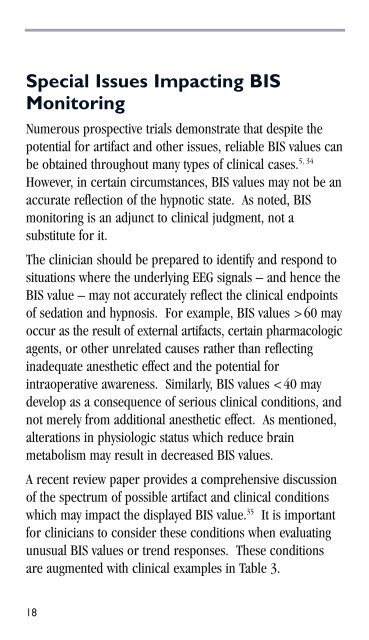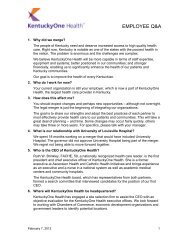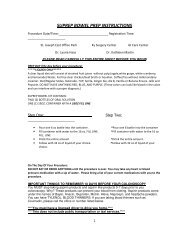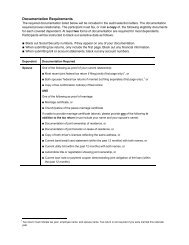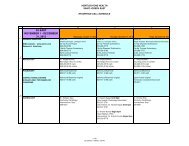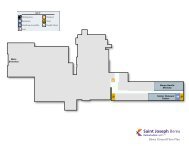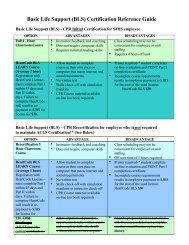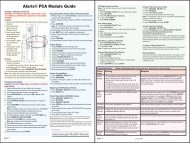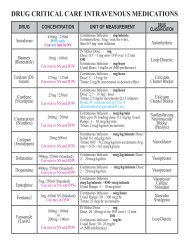BIS guide for clinicians
BIS guide for clinicians
BIS guide for clinicians
Create successful ePaper yourself
Turn your PDF publications into a flip-book with our unique Google optimized e-Paper software.
Special Issues Impacting <strong>BIS</strong><br />
Monitoring<br />
Numerous prospective trials demonstrate that despite the<br />
potential <strong>for</strong> artifact and other issues, reliable <strong>BIS</strong> values can<br />
5, 34<br />
be obtained throughout many types of clinical cases.<br />
However, in certain circumstances, <strong>BIS</strong> values may not be an<br />
accurate reflection of the hypnotic state. As noted, <strong>BIS</strong><br />
monitoring is an adjunct to clinical judgment, not a<br />
substitute <strong>for</strong> it.<br />
The clinician should be prepared to identify and respond to<br />
situations where the underlying EEG signals – and hence the<br />
<strong>BIS</strong> value – may not accurately reflect the clinical endpoints<br />
of sedation and hypnosis. For example, <strong>BIS</strong> values >60 may<br />
occur as the result of external artifacts, certain pharmacologic<br />
agents, or other unrelated causes rather than reflecting<br />
inadequate anesthetic effect and the potential <strong>for</strong><br />
intraoperative awareness. Similarly, <strong>BIS</strong> values


